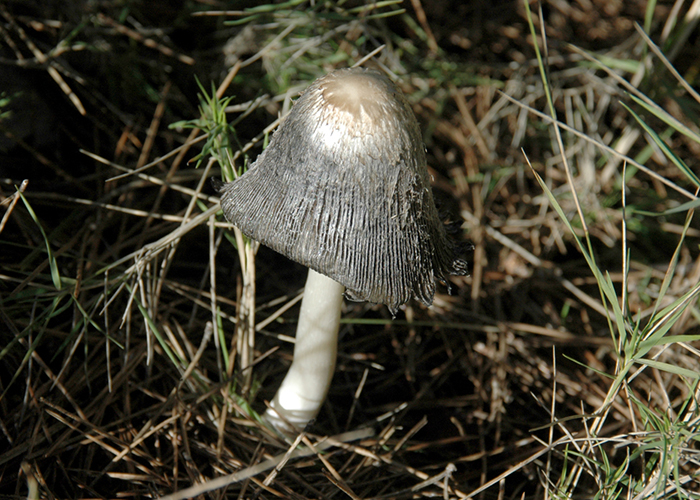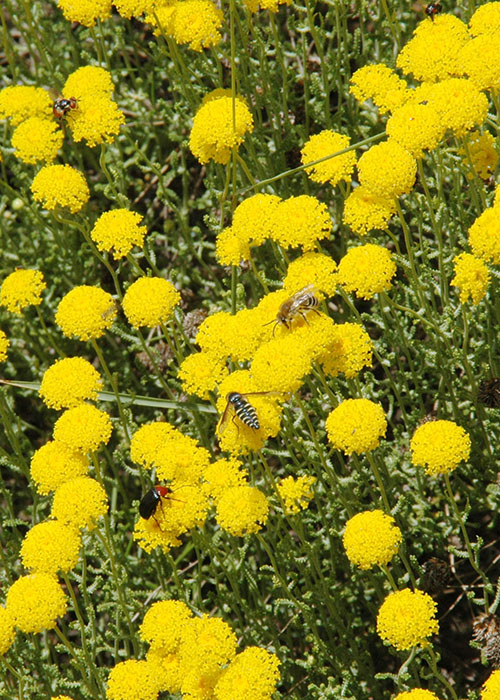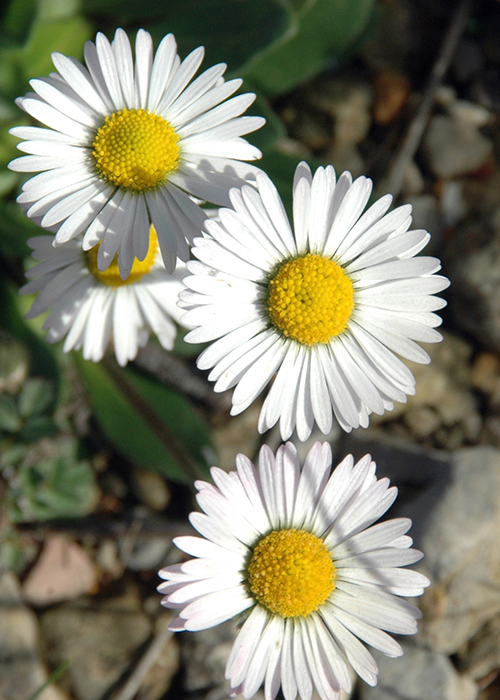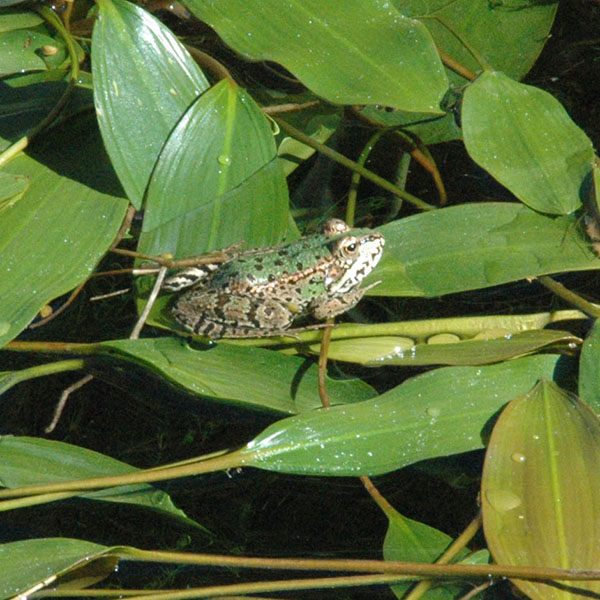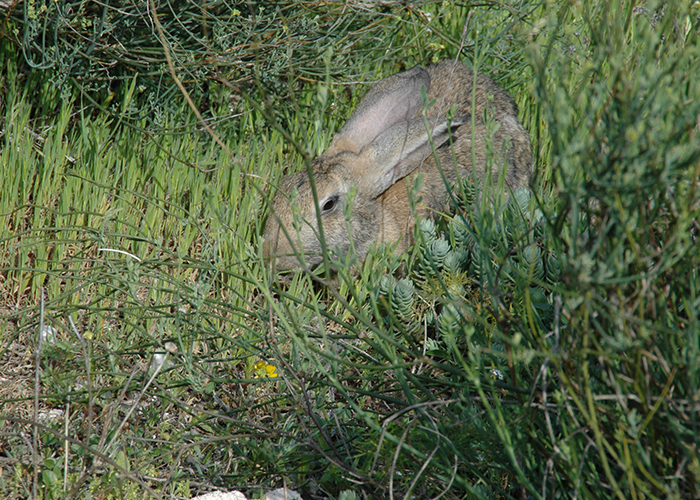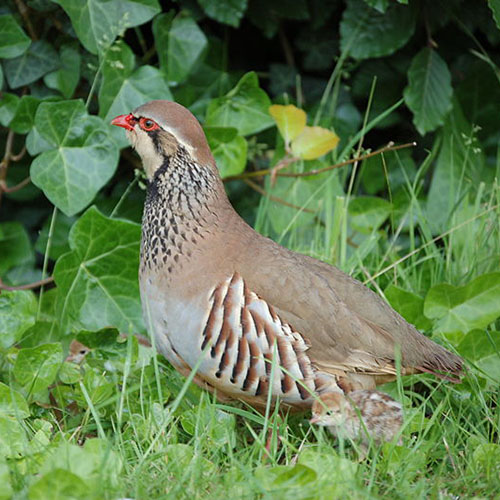FLORA AND VEGETATION
There are several factors that condition the life of plants and, therefore, plants have developed strategies so as to survive and be able to colonise new territories. Humidity, soil type and temperature are key factors. La Vall de Gallinera has privileged conditions which permit the growth of a great diversity of plants.
The shady side of the valley is very lush and has a lot of moisture. The area is noteworthy due to the forest of manna ash (Fraxinus ornus), holm oak (Quercus rotundifolia), Portuguese oak (Quercus faginea), laurustine (Viburnum tinus), terebinth (Pistacia terebinthus), strawberry trees (Arbutus unedo) and some parts with Spanish maple (Acer granatense), with many others that form an often impenetrable hedge: common hawthorn (Crataegus monogyna), rosebushes (Rosa sp.), brambles (Rubus ulmifolius) and sarsaparille (Smilax aspera).
In addition, the presence of vertical limestone walls, with its many cracks, permits the formation of very rich and valuable rupicolous flora. It is possible to see rock germander (Teucrium buxifolium ssp. Buxifolium), rock horseshoe (Hippocrepis valentina), rock ear (Sarcocapnos saetabensis), rock spur (Chaenorhinum origanifolium ssp. Crassifolium), saxifrage (Saxifraga corsica ssp. cossoniana), sandwort (Arenaria valentina) and rock scabious (Scabiosa saxatilis ssp. Saxatilis).
At the foot of the cliffs there are accumulations of pebbles (colluviums) that form screes, on which there is also vegetation growing, adapted to mobility, such as red valerian (Centranthus ruber), shade scrofularia (Scrophularia tenacetifolia), dragon’s mouth (Antirrhinum barrelieri), or common ivy (Hedera helix) and Mediterranean false brome (Brachypodium retusum), which are specialised in halting the advance of pebbles moving downhill. The endemic Ferulago ternatifolia, a recently described umbelliferae that has one of the largest populations in the world within La Vall de Gallinera, also grows in these areas.
The sunny, south-facing slope of the valley is an example of the resilient and most rustic part of the Mediterranean vegetation, with the presence of the plants which are most resistant to drought and scarcity of fertile soil. The kermes oak (Quercus coccifera) forms a scrub, accompanied by mastic (Pistacia lentiscus), Mediterranean heath (Erica multiflora), Mediterranean gorse (Ulex parviflorus), thorny broom (Calicotome spinosa) and many other herbs and shrubs form expanses of low vegetation, often accompanied by Aleppo pine (Pinus halepensis) and rockrose (Cistus sp.). In the clearings there is thyme (Thymus vulgaris), pebrerola (Thymus piperella), rosemary (Salvia rosmarinus) and cat’s tail (Sideritis angustifolia). From the cracks in the rocks and crags of this dryer area of the valley grow plants like rock tea (Jasonia glutinosa), stone breaker (Hypericum ericoides), Corsican heath (Erica terminalis), Mediterranean buckthorn (Rhamnus lycioides ssp. Borgiae), and so on.
Beauty in the form of flowers can be found right in the middle of the Gallinera River: in summer the flowers of the oleander (Nerium oleander) explode with fervent intensity. Reeds (Arundo donax), brambles (Rubus sp.) and common smilax (Smilax aspera) do not let the oleanders feel lonely. All of them also grow in the ravines of the valley.
But the most delicate and subtle flowers that exist in these mountain ranges are, without a doubt, the orchids. From the early bee plants (Ophrys sp.) to the colourful and showy ones (Orchis sp.), spring fills us with joy and colour; but let us not forget the tiny, clustered autumn Spiranthes flowers, with their delicate white. The diversity amongst orchids is spectacular: Aceras antropophorum, Anacamptis pyramidalis, Ophrys apifera, Ophrys fusca, Ophrys lutea, Ophrys scolopax, Orchis italica, Orchis mascula, Serapias parviflora, amongst others.
All in all, the flora that exists in La Vall de Gallinera is of great importance, due to some secific species and due to the great diversity found here.







